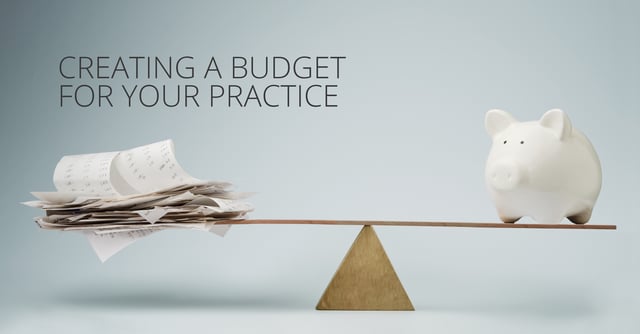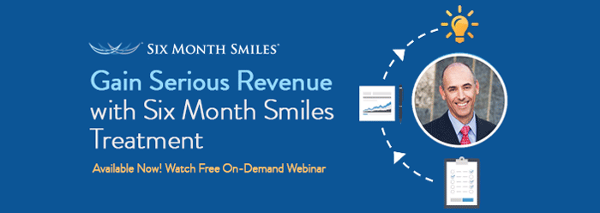Creating a Budget for Your Dental Practice
by 6monthsmiles, on 6/6/16 1:49 PM
If you ask most dentists why they went into dentistry, most practitioners will cite a motivation to help others, a fascination with science, or a desire to have a challenging career. In other words, most dentists don’t go into dentistry for the primary purpose of running a business. However, approximately 80% of dental graduates end up in private practice, which means that being able to manage a successful dental practice is an integral part of serving patients and earning a stable living.

Determine Yearly Revenue
The first principle of budgeting is to ensure sure that your revenue exceeds your expenses. To that end, it’s necessary to determine how much your practice earns per year before you begin apportioning funds to your budget.
Designate Spending Categories
The next step in creating a budget for your dental practice is to designate your spending categories. Common categories are listed below.
- For a Capital Budget: If you’re just starting out with your practice or are planning on doing renovations or ordering new equipment, then you’ll want to outline a capital budget that’s separate from your annual operating budget. Depending on your practice’s needs, a capital budget will typically include the cost of purchasing a building, equipment, or other non-recurring overhead costs.
- For an Operating Budget: An operating budget covers recurring yearly expenses such as rent payments, wages, and taxes.
The operating budgets of most dental practices include categories such as:
Payroll
Payroll is often one of the biggest expenses that dental practices face, often commanding over 20% of the budget. Payroll expenses typically include employee wages, training costs, malpractice and worker’s compensation insurance, and any employee incentives.
Occupancy
Depending on where your practice is located, occupancy costs may also take up a significant part of a dental practice budget. When budgeting for occupancy costs, factor in monthly rent or mortgage payments, insurance, taxes, and maintenance fees such as repairs or snow and ice removal.
Supplies
A dental practice can’t run without supplies, although it’s often possible to keep supply costs down by comparing costs across manufacturers and carefully considering each item’s return on investment. If this is your first year budgeting for supplies, it’s a good idea to record your supply purchases throughout the year and itemize your expenses at the end of the year. Having an itemized supply list is much more useful than a general “Supplies Budget” when it comes to allocating sufficient funds and finding ways to cut excess costs.
Lab Work
All dental practices require lab work, which can quickly become expensive. However, many dental practices find that there are multiple options available when it comes to choosing a lab to work with. Labs may offer different rates, so it’s often helpful to spend time researching the fees of all eligible labs.
Advertising / Marketing
For a practice to be successful in the long run, it’s essential to invest in advertising. Although advertising costs aren’t directly necessary for smooth day-to-day operations, successful advertising helps ensure consistent revenue. Depending on the funds you have available after addressing the above costs, you may wish to budget for a website, mailers, postage, or even consultations with a marketing professional.
Discretionary
You might also want to include a discretionary category that covers costs that are miscellaneous or small enough not to warrant their own category.
For dentists in private practice who feel overwhelmed by the challenge of running a successful practice, the first task is to outline a budget. Creating a budget for your dental practice is a responsible way to increase a practice’s profitability, and a budget can also serve as a valuable tool for helping practitioners assess how different components of the practice fit together in the big picture.






